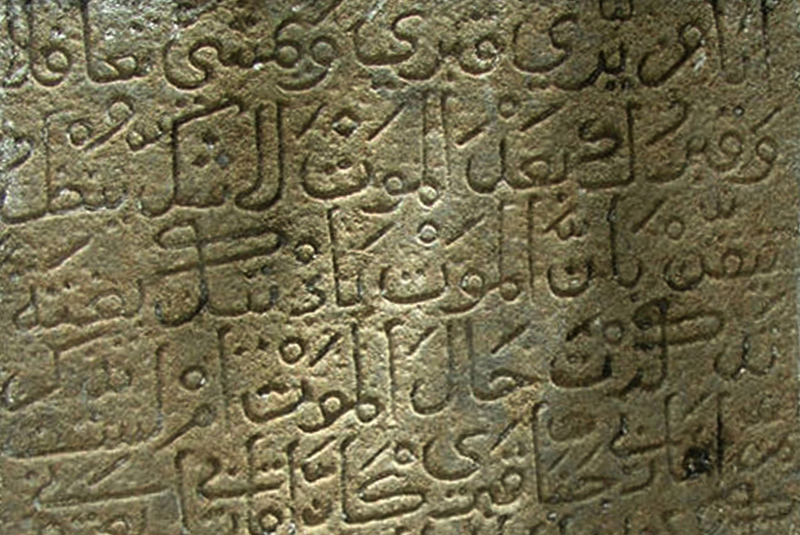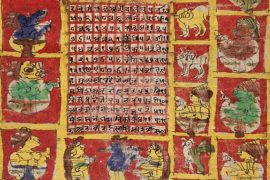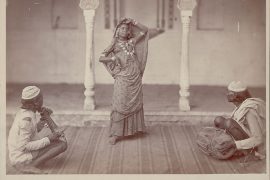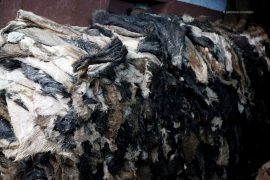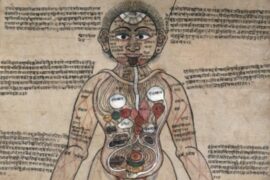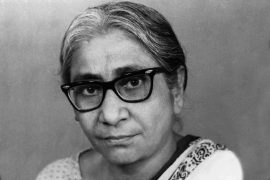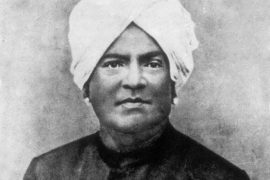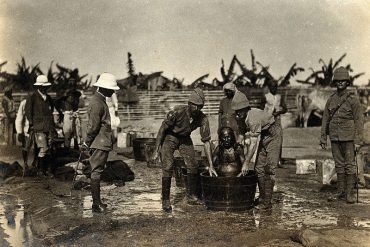Old tombstones in the Coromandel Coast dating from the 1600s have inscriptions in Arabu Tamil, which is Tamil written in the Arabic script. Existing Arabu Tamil literature also dates from that period.
However, according to some, Arabu Tamil—or Arwi—existed even earlier, but records of its antiquity were lost or destroyed in the wars with the Portuguese. The Syrian Christians of Malabar had already been using Syriac script—another Semitic language—for writing Malayalam, and it may have been a precursor to Arabisation of the local script.
Arab outposts existed in these regions from the early days of Islam. Successive turmoil in the Arab heartland during the age of crusades occasioned the Arabs to increase their activity in South India, Sri Lanka, and the Malay Archipelago. One can only conjecture that Arabu Tamil and Arabi Malayalam rose in prominence along with Arabi Melayu (or Jawi, among the Malays) during the thirteenth-century, gaining increased sophistication during the 1500s.
The Arabs were experts in picking up new languages; however, the rise of Arabised Tamil, Malayalam or Melayu may have been the result of native efforts—although it is no coincidence that the three languages rose and fell in the same period in history. The growing influence of these languages was checked by the arrival of Portuguese, who had emerged from the Arab rule some two centuries earlier.
-30-
Copyright©Madras Courier, All Rights Reserved. You may share using our article tools. Please don't cut articles from madrascourier.com and redistribute by email, post to the web, mobile phone or social media.Please send in your feed back and comments to [email protected]

